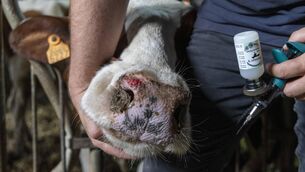Kieran Coughlan: EU’s plan for cheaper farm loans

This agreement paves the way farmers to benefit from lower interest rates for farm development loans.
The support will come through a credit guarantee scheme, whereby farm and other rural businesses should be able to access finance easier and cheaper, where the project is partially guaranteed by the EIB.










